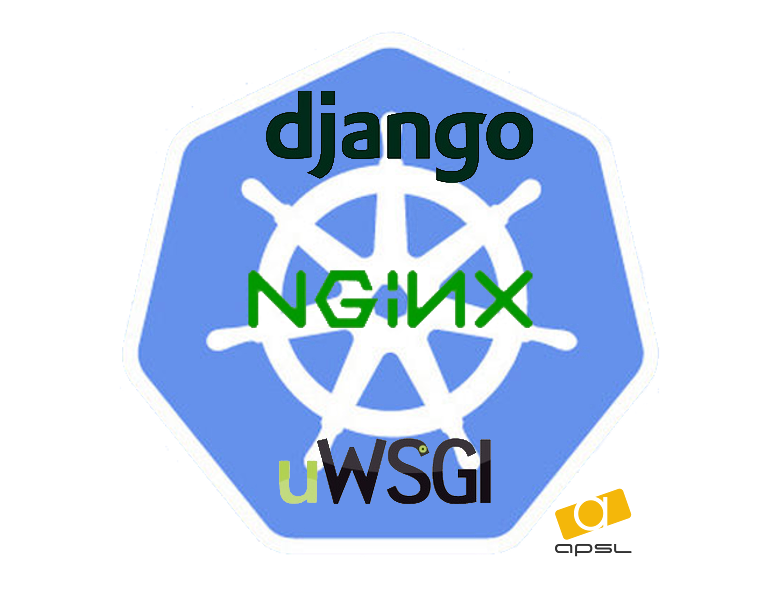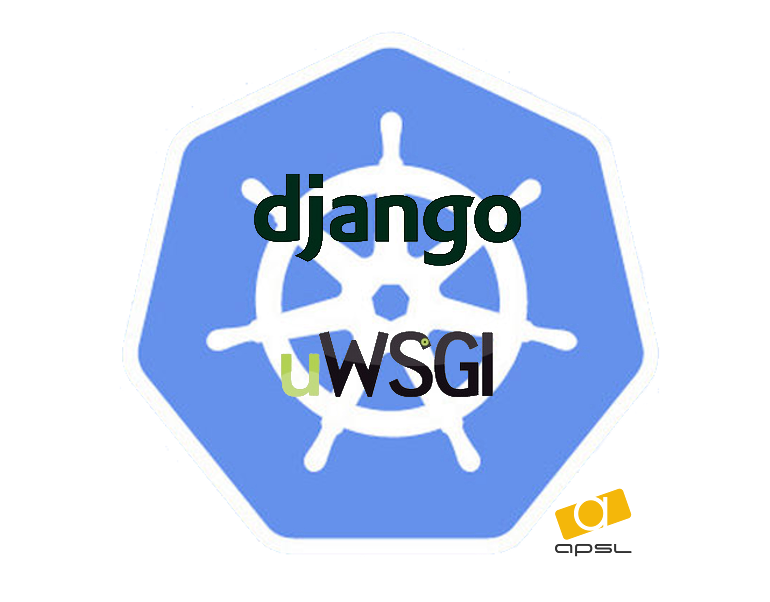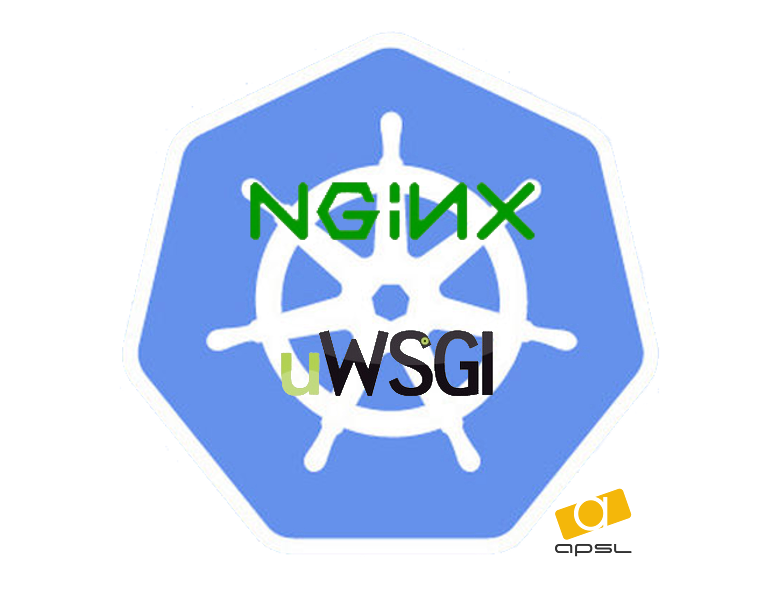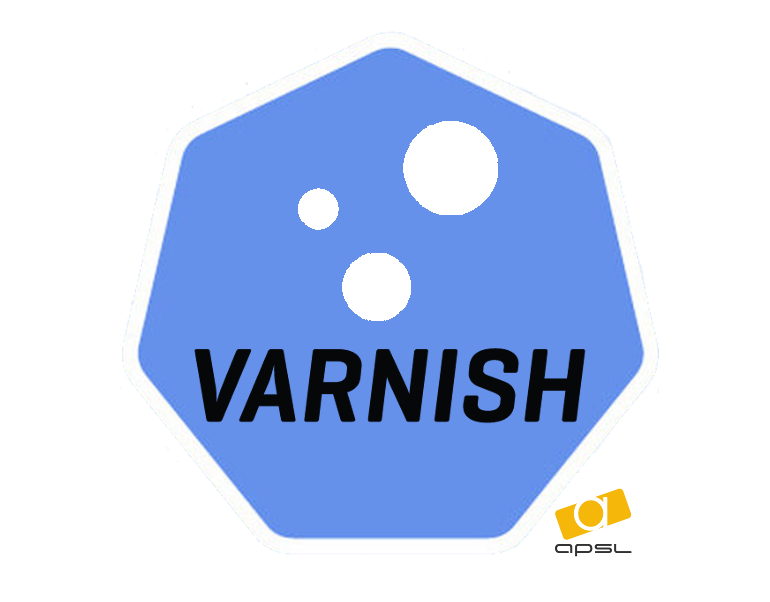Use this repository to submit Charts for Helm. All of them are used into APSL organitzation to deploy our Django applications over GKE.
First of all you need to install the Helm client following the next
instructions:
curl https://raw.githubusercontent.com/kubernetes/helm/master/scripts/get > get_helm.sh
chmod 700 get_helm.sh
./get_helm.shFor deploys is also needed the server portion of Helm, Tiller (it
talks to a remote Kubernetes cluster).
To install it into the cluster, simply runs:
helm initFor more information take a look at: Install Helm
To use this repository as a k8s charts repository for deploy your apps you have to configure helm adding it:
helm repo add apsl https://raw.githubusercontent.com/APSL/kubernetes-charts/master/packages/Check that it has been added.
helm repo list
NAME URL
stable https://kubernetes-charts.storage.googleapis.com
incubator https://kubernetes-charts-incubator.storage.googleapis.com/
local http://127.0.0.1:8879/charts
apsl https://raw.githubusercontent.com/APSL/kubernetes-charts/master/packages/
kubernetes-charts/
├── packages/ # Reult folder where construct temporaly packages before be installed.
| ...
| ├── index.yaml # Contains the configuration for a django app deployment.
| ├── django-nginx-uwsgi-0.1.1.tgz # Django package. It includes nginx, uwsgi, redis, varnish packages.
| ├── uwsgi-0.1.1.tgz # Uwsgi package.
| └── varnish-0.1.0.tgz # Varnish package.
...
├── django/ # Contains the configuration for a django app deployment.
| ├── .helmignore # List of patterns to ignore when build the package.
| ├── Chart.yaml # A YAML file containing information about the chart.
| ├── requirements.yaml # List of required charts and their overriden configuration.
| ├── values.yaml # The default configuration values for this chart
| ├── charts/ # Include all dependency packages
| | # IMPORTANT: No commit packages into.
| └── templates/ # A directory of templates that, when combined with values.
| └── _helpers.tpl # Difinition of template variables.
| # Note that not require templates because this chart only encapsulate
| # dependencies.
...
└── uwsgi/ # Contains the configuration for a uwsgi deployment.
├── charts/ # Folder that contains built packages for the dependecies of this chart.
| # IMPORTANT: No commit packages into, will be auto-generated.
├── .helmignore # List of patterns to ignore when build the package.
├── Chart.yaml # A YAML file containing information about the chart.
├── requirements.yaml # List of required charts and their overriden configuration.
├── values.yaml # The default configuration values for this chart
└── templates/ # A directory of templates that, when combined with values.
├── NOTES.txt # A plain text file containing short usage notes (rendered with Go Template engine)
├── _helpers.tpl # Definition of template variables.
├── deployment.yaml # Structure of deployment for this chart.
├── secrets.yaml # Base secrets for the chart.
└── service.yaml # Structure of service for this chart.Take a look to The Chart File Structure to get acquainted to chart structure.
This section will try to explain you how to use this repository to deploy your applications.
Will show you the procedure to deploy a Django application using this charts.
This example we'll deploy an app called demo, suposing you satisfy all dependencies.
- Deploy the Django application.
helm install PACKAGE --version VERSION --namespace NAMESPACE --name RELEASE_NAME -f VALUES- PACKAGE → The path to stored package.
- VERSION → The exact version of the package to install. If it is not set the last version will be deployed.
- NAMESPACE → The namespace that will be create on Google Cloud Platform and will be user with in the deployment.
- RELEASE_NAME → It must has a different value to namespace. It is used in the deployment and dependencies deployments.
- VALUES → Path to the file where are all values that
overrides the Helm chart, for example
SECRET_KEYorDATABASE_PASSWORD, etc.
helm install apsl/django-nginx-uwsgi --version 0.1.1 --namespace demo --name r-demo -f your_demo_app_values.yamlHelm Template is a plugin used to render the resultant deployment of your chart.
- Install:
helm plugin install https://github.com/technosophos/helm-template- Use it:
helm template -n NAMESPACE -r RELEASE_NAME -f VALUES --notes CHART > output.yaml- NAMESPACE → The namespace used with in deployment.
- RELEASE_NAME → The release name used with in deployment.
- VALUES → Override specific values for application.
- CHART → Location path to the chart.
helm template -n demo -r r-demo -f your_demo_app_values.yaml --notes . > ~/k8s-deployment.yamlThis section show you how structure the values to deploy a single
application using django-nginx-uwsgi chart.
# your_demo_app_values.yaml
global:
image:
uwsgi: eu.gcr.io/project/my-app-uwsgi
nginx: eu.gcr.io/project/my-app-nginx
dataConfigMap:
- name: REDIS_HOST
value: "10.0.0.1"
- name: DEFAULT_FROM_EMAIL
key: django.emailDefaultFromEmail
value: Hotel Morito <bookmorito@hotelmorito.es>
- name: AWS_STORAGE_BUCKET_NAME
value: my-app-prod
- name: AWS_ACCESS_KEY_ID
value: aws-key-id
dataSecrets:
- name: AWS_SECRET_ACCESS_KEY
value: secret-aws-access-ley
app:
deployment:
probes:
livenessEnabled: true
liveness:
enabled: false
replicaCount: 1
strategy:
rollingUpdate:
maxSurge: 1
maxUnavailable: 0
type: RollingUpdate
secrets:
secretKey: django-secret-key-value
passwordDB: django-passwd-db-value
sentryDSN: sentry-dsn-value
configMap:
enableSentry: "True"
databaseHost: 127.0.0.1
databaseName: myappdb
databasePort: "5432"
databaseUser: usrmyapp
enableBasicAuth: "False"
enableHttpsRedirect: "True"
enable3wRedirect: "True"
varnish:
enabled: true
crons:
enabled: false
redis:
enabled: false
There are some notes and some command line instructions that can be useful as a guide how to develop new charts.
To create a new chart:
helm create CHART- CART → Full path to destination chart.
helm create django-nginx-uwsgiAfter develop your template chart, you can validate if your chart is valid running a lint.
helm lint django-nginx-uwsgiIf you contribute creating new Charts or improving the existent you should do this:
- Serve your packages locally
- Resolve repository dependencies (local repository)
- Update dependent locally repositories your Chart
- Generate your package
- Regenerate index-yaml
To simplify all this tasks, you only have to execute this:
make helm-up & \
make helm-packages && \
helm repo index packagesNOTE: Its possible see some non-liveness message using make command to build packages. If the message is like "No requirements found in ~/kubernetes-charts/nginx-uwsgi/charts" ignore it. It is because the commnand script try to get dependencies of all packages even if it has not charts (the dependency folder).
We will generate a new chart packagedemo_:
- Create the chart
helm create packagedemo- Serve built local packages:
cd packages
helm serve- Build all dependent packages:
helm package -u -d packages uwsgi
helm package -u -d packages nginx
helm package -u -d packages packagedemoor use the Makefile commands:
make helm-packages- Generate index
helm repo index packagesor use the Makefile commands:
make helm-index- Test to show resultant yaml for deployment:
helm template packages/packagedemo-0.0.1.tgz -n demo -r r-demo -f your_demo_app_values.yaml --notes . > ~/k8s-deployment.yaml





